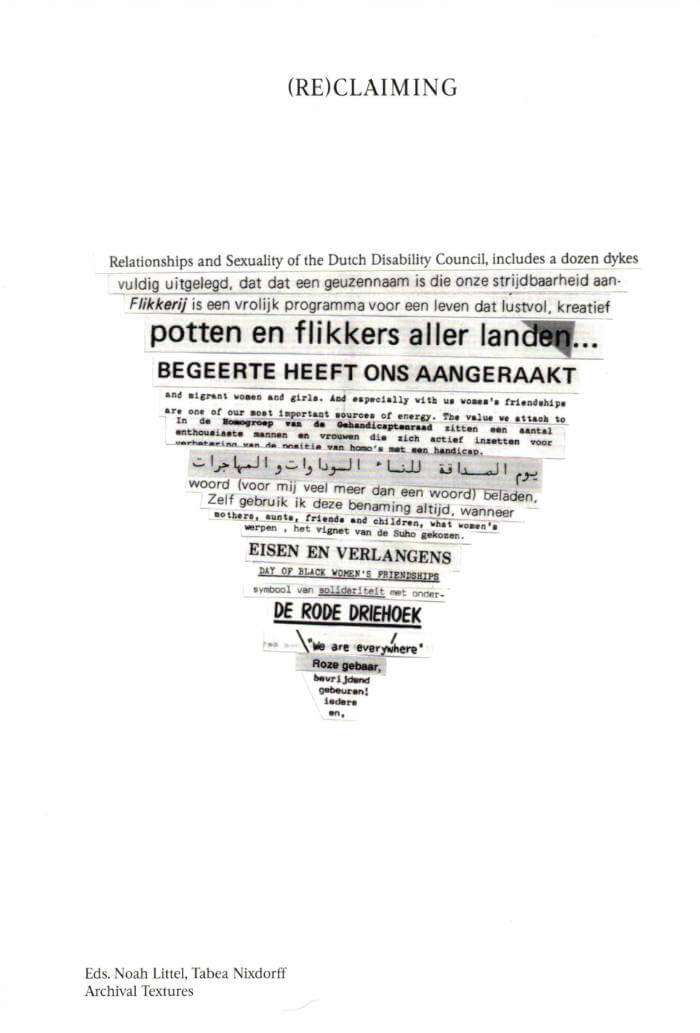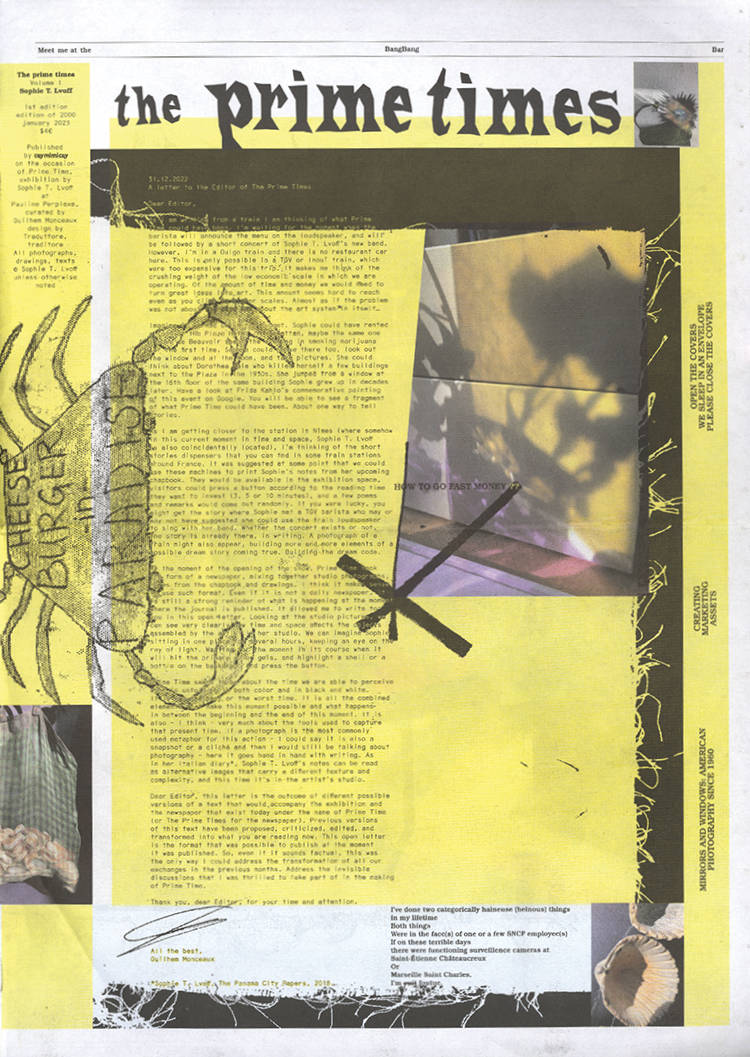
Women Looking at Women Looking at Women
In what ways have women artists come together to investigate their own image? This publication delves into histories of feminist and queer collective practice, expanding on the various ways women claim agency of their identity, via collaborations that connect intergenerational and far-away friendships. Each chapter features artistic and theoretical case studies that discuss images produced by women artists, about women artists; proposing that to gaze upon someone represented with care and autonomy provides more affirmative ways to relate to ourselves. It discovers that to pay homage to overlooked knowledge of women artists builds a case for the artist as researcher. Only by engaging in both roles can we unveil what is not taught in the mainstream and inspire a more inclusive, generous future.
Each aspect of the book’s design is a collaborative endeavour, expanding the notion of individual authorship. It is with this sentiment that creating the publication became research in itself, via collaboration with both direct peers and an extended genealogy.
“Women Looking at Women Looking at Women” is designed by Marijn van der Leeuw, Esther Vane, India Scrimgeour, Hannah Williams and Annemarie Wadlow.
Annemarie Wadlow (1993, UK) is a research-led artist working between moving image, writing and photography. Her work explores the middle ground between image and imagination, questioning notions of inheritance, personal identity and belonging. She is the co-founder of Nice Flaps, an artist initiative that hosts experimental life drawing sessions.




